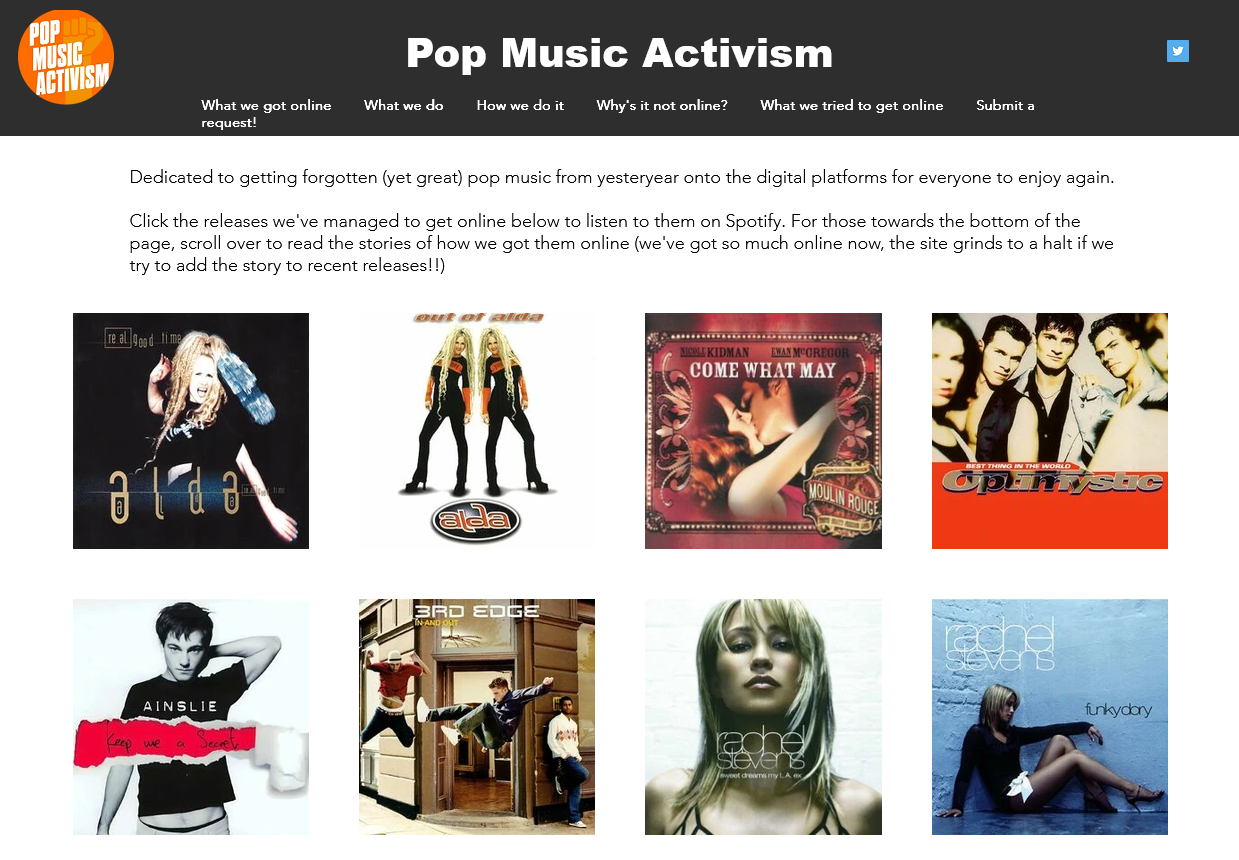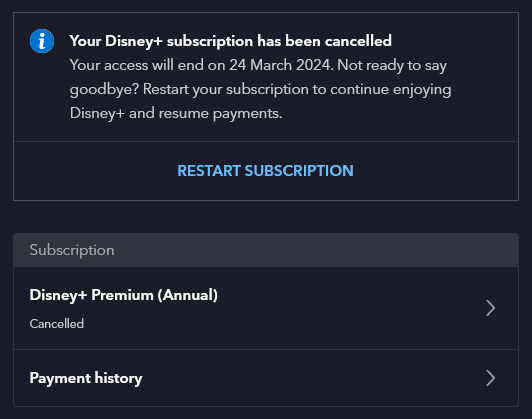Have you ever been frustrated that some older music isn’t available on digital platforms like Spotify or iTunes? You’re not alone, and Pop Music Activism is trying to do something about it.
There are several reasons why music is missing from these platforms, and indeed there’s a list of the common ones. A lot of dance music from the 1990s and 2000s is missing, and this is often because songs were released by different labels in different countries. It wasn’t until the late 2000s that Spotify came along.
For some artists and bands, you may find their albums there, but not their singles. So remixes and b-sides are harder to come by. Or you may find that the song you want appears in a web search, but when you follow the link, it’s been geo-blocked.
This is where Pop Music Activism comes in. They track down who has the rights, and politely badger them to get the music online. And it works – the home page of the web site has hundreds of releases that are now available to legally stream and download. There have been some particular successes, such Things That Go Bump In The Night by *allStars, which after becoming available again appeared in lots of Hallowe’en playlists and has clocked up over 4 million streams on Spotify. Whilst Spotify pays a fraction of a penny per stream, it’s more than the nothing that these songs were earning before, due them not legally being available anywhere.
If you want to keep track of what ‘new’ old songs become available, you can follow them on Twitter/X. Usually, there’s something new each week on a Friday. It’s about the only reason I still occasionally log into Twitter nowadays. There’s also a monthly email list which I’m on, but can’t seem to find the subscribe link.


